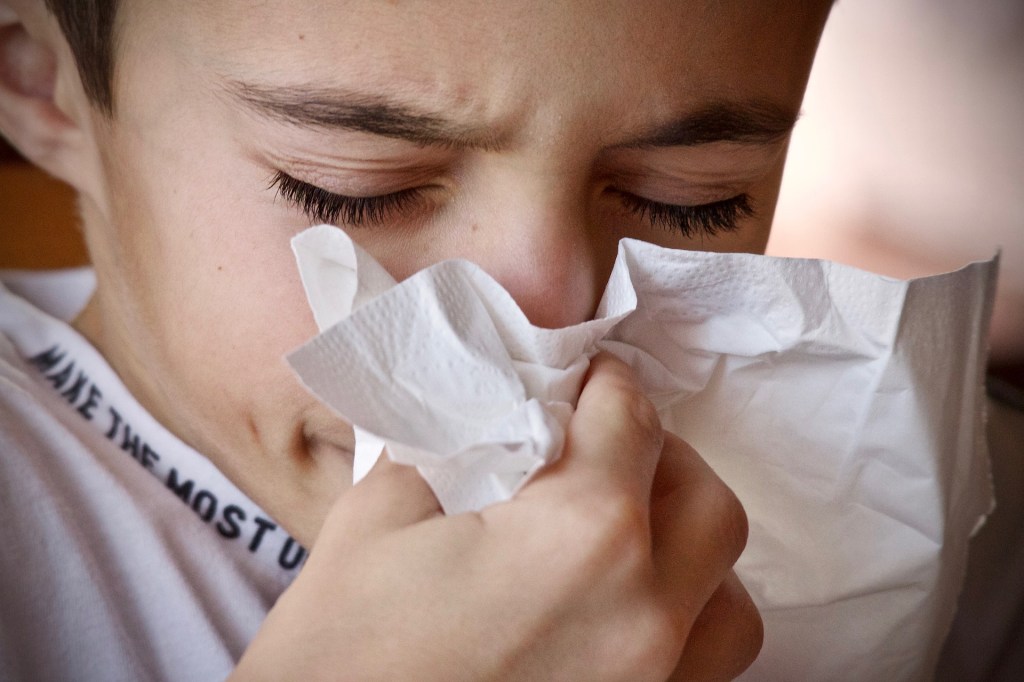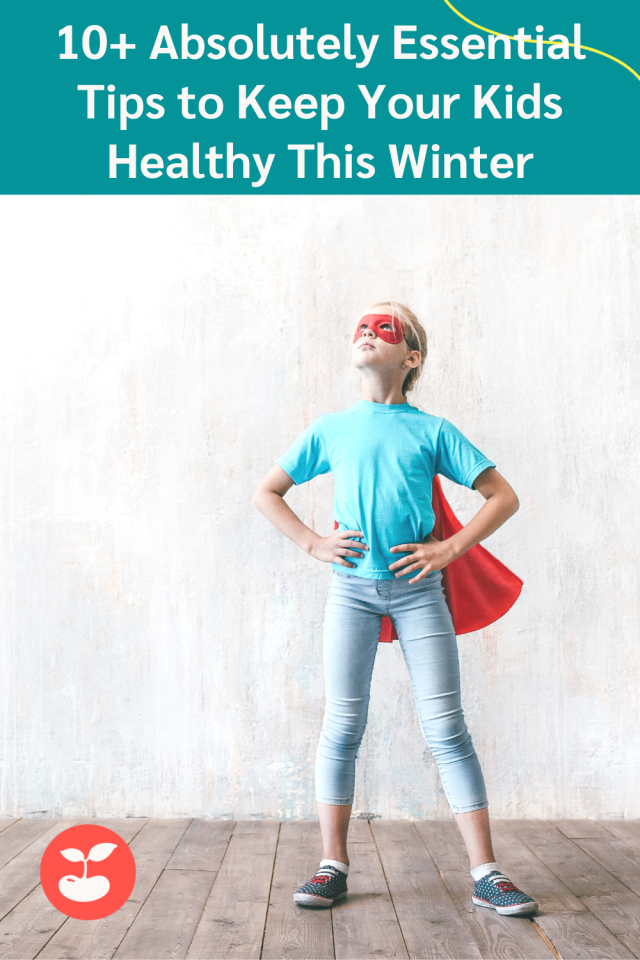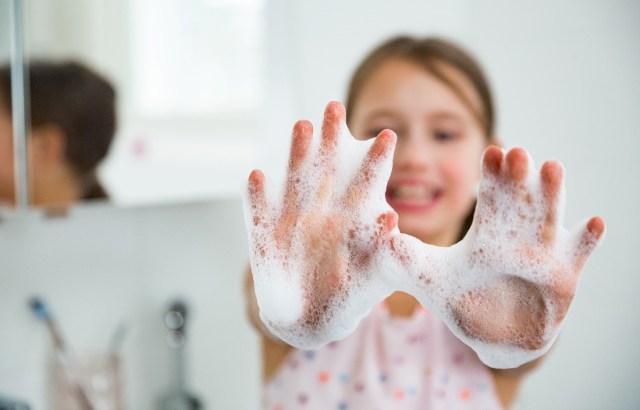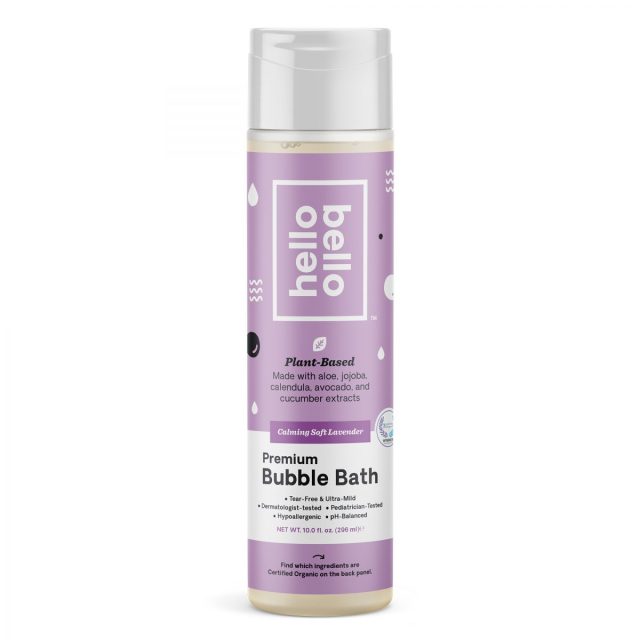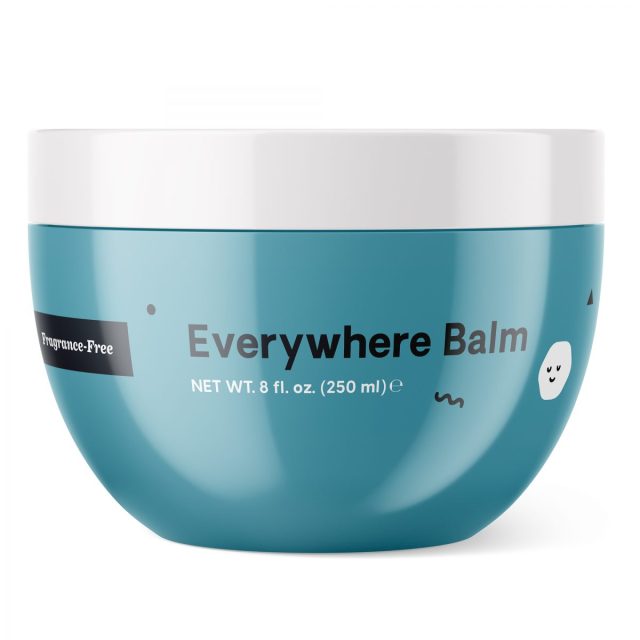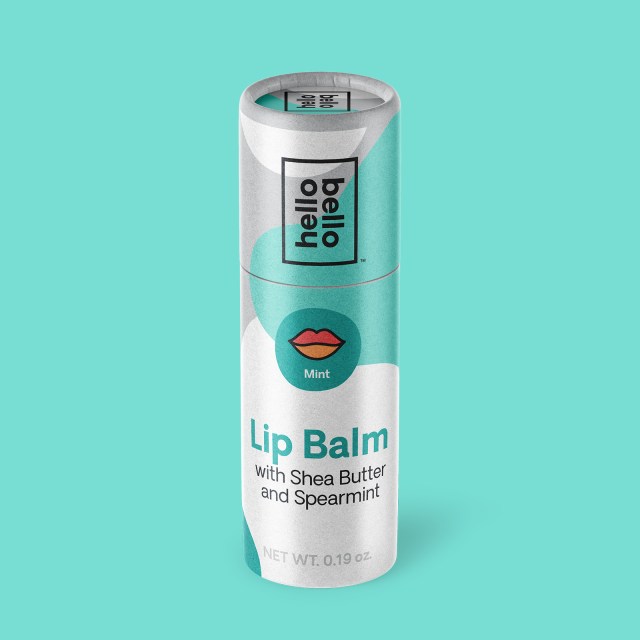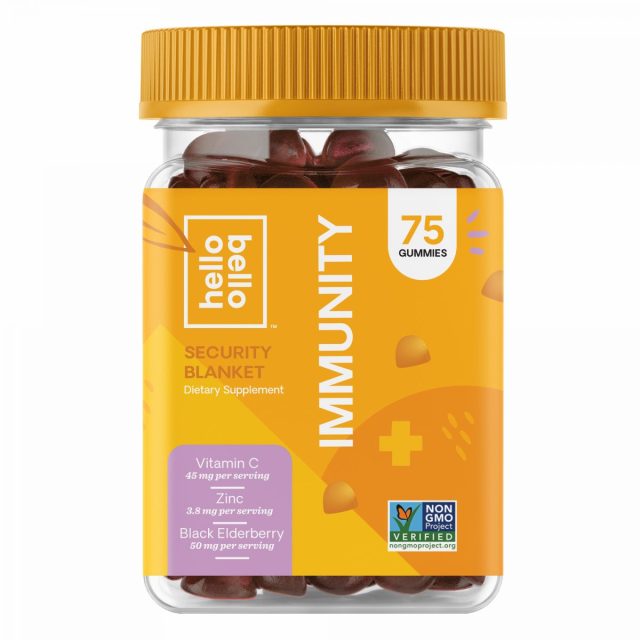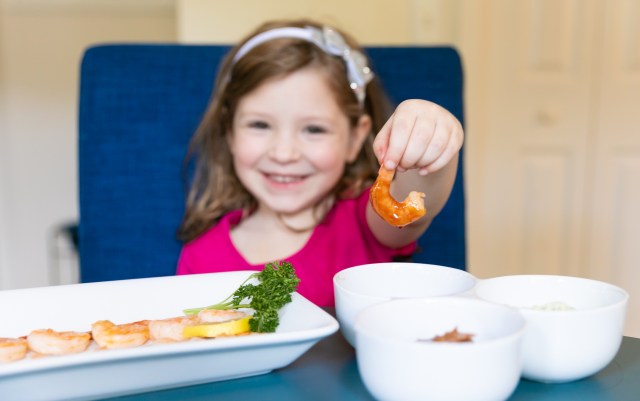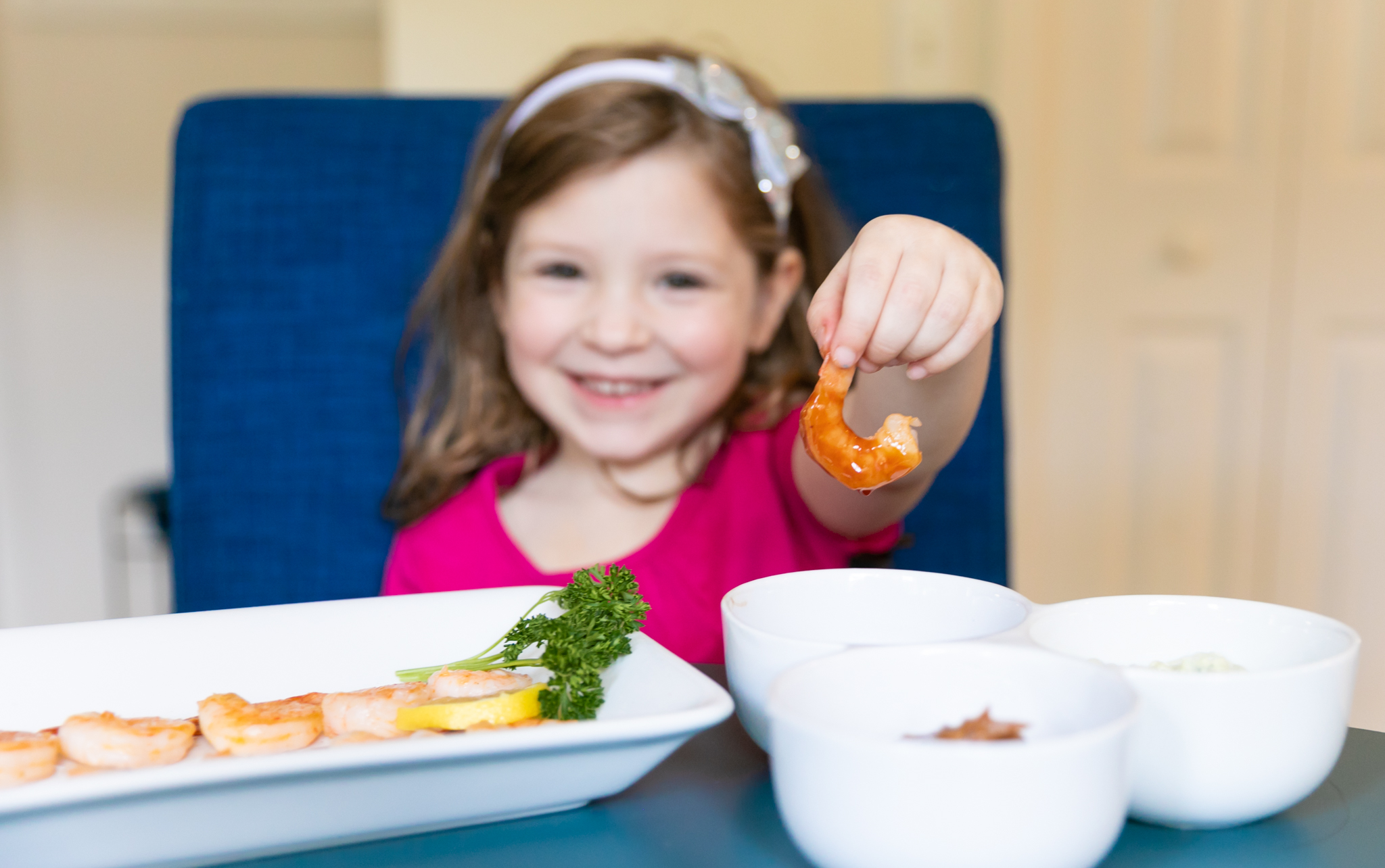I bet you clicked on this post expecting to read something fun and simple like, “10 Easy Ways to Prepare for New Motherhood!” Sorry, you won’t find that here, not really.
Because nothing—I mean nothing—can truly prepare you for the excruciating love you feel for this new, tiny human. For the sleepless nights, the overwhelming worry, the completely abnormal fascination and pride that comes with every. Single. Thing. Your. Baby. Does.
But here are a few things you can try.
1. Stop showering for several days at a time.
2. Set your alarm randomly through the night, anywhere between five-minute and two-hour increments. Each time it goes off, take a lap around the house while holding something fragile, like your grandmother’s crystal—without collapsing. Repeat.
3. Dirty dishes. Prep for motherhood and all the “letting go” that comes with it by allowing your sink to sit full of dirty dishes for multiple days. Better yet, do those dishes and find a way to magic them dirty again within 30 minutes of washing. (I’m sure your hubs can help with that.)
4. Color the walls with a marker. The walls, the couch, your favorite yoga pants. Research different ways to remove marker ink from various surfaces around your house. (Helpful hint: dry erase markers are not friendly to walls. Don’t ask me how I know.)
5. Borrow someone’s sick kid (it’s flu season, you’ll find them) and wear a little vomit on the shoulder of your shirt. Forget it’s there and continue to wonder where that smell is coming from as you sanitize every surface of your home, but one: you.
6. Sit for hours at a time snuggling a small creature and smelling its head, completely blissed out. Do this for long after you’ve had to pee and your legs have fallen asleep.
7. Get into yoga. You’ll need those stretches to reach halfway across the bed with your pinky toe to grab your phone because the baby fell asleep on your boob again and you can’t reach it.
8. Go into your closet and place at least 10 articles of unworn clothing into the laundry pile every day.
9. Buy a Roomba. Smear peanut butter on the bottom of it and set it to run all day. Try to clean up after it. (Side note/epiphany: every mom should add a Roomba to their baby shower registry.)
10. Allow barn animals into your home. Try to retain sanity.
11. Get yourself a drink in a green cup. No, now a red cup. Try a blue cup now. Just kidding, you’re not thirsty anymore.
12. Decide you need to eat mac and cheese. Realize you don’t have any. Go to the store, come home, fix mac and cheese. Decide you hate mac and cheese.
13. Analyze and Doctor Google everything. Every bath product in your home, every red bump on your arm, why you didn’t sleep well last night. Don’t sleep because you are worried about the toxicity level of your sheets and the LED light in your bedroom and convince yourself they’re the reason you aren’t getting any rest.
I’d like to tell you that these steps will completely help you prepare for what it’s like to become a parent.
But it won’t.
As a former nanny who had helped raise several babies, I thought I would have this motherhood gig in the bag. I could change diapers with the best of them and swaddle with ease. Every book, sleep bible, and baby terminology manual was read and practiced…
I was going to be the Best Freaking Mother Ever.
But the second the doctors laid that warm, cheese-covered ball of mush on my chest, it occurred to me: I have no freaking clue what I’m doing.
And I didn’t. (Maybe I still don’t.) Some days, I’m completely failing. I yell, then I hide from them, then I cry for a moment of peace (or sanity), then I hug the crap out of them because I can’t believe I got to grow these amazing, kind, brilliant, hilarious little humans.
I wish I could tell you the secret to rocking motherhood. I wish I knew the secret to rocking motherhood. But, here is what I can tell you, what I know deep down in my bones.
Do your research. Ask questions. Know this too shall pass. Let go of the worry. Throw your books out the window (after reading them) and do what works for you, your family, and your kids.
No mom ever went wrong by trusting her gut.
Sending love to you, new mom.
You got this.















